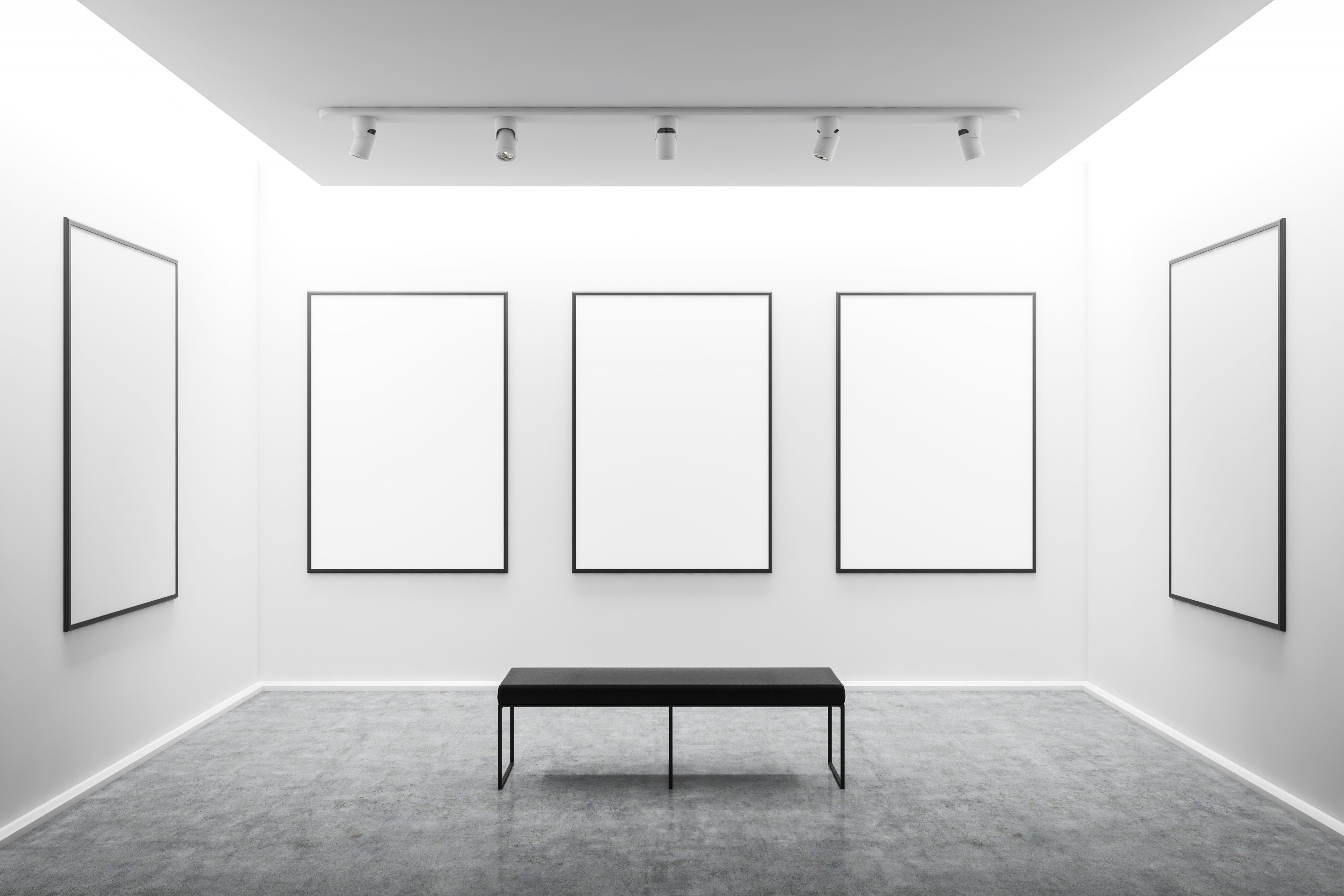Many artists are hailed as geniuses, virtuosos and revolutionaries in the world of art. A second look, however, reveals a problem that plagues art history.
Many of these problems stem from the fact that art history is dominated by Western culture and by men. This lack of diversity not only gives a limited perspective of the world but also enables an idealistic vision of these artists while hiding much of their serious flaws.
Pablo Picasso
Picasso is regarded as a leading figure in modern art and is appreciated for his political commentary. For example, “Guernica” is a product of Cubism, a modern art movement that Picasso founded, and shows his stance against war and violence. However, it is also worth noting that Picasso was a misogynist. His mistresses associated him with his remarks that “women are machines for suffering” and his categorization of women into two types: “goddesses and doormats.”
Paul Gauguin
Gauguin is another artist with a tainted history. His works are often praised for their unique colors. However, many of his works are products of colonialism in that they exoticize non-European people, as seen in his Tahitian motifs. In fact, Gauguin is heavily attributed to Primitivism, a European artistic movement that perceived non-Western people as “primitive.” Gauguin is even known to have taken advantage of women in the places he visited, thus connecting Gauguin with misogyny as well.
Edgar Degas
Degas’ most famous paintings are arguably the ones that include his ballet motifs. However, Degas is also a known misogynist. He referred to his ballerina subjects as “little monkey girls” and even admits to having “often considered woman as an animal.” Furthermore, Degas is also reputed to have had anti-Semitic sentiments, adding to his questionable character.
Balthus
Balthus’ artworks often involve subjects of young girls in sexualized positions. His choice of this particular subject has caused much controversy, leading to an online petition in 2017 that called for the Metropolitan Museum of Art to remove Balthus’ painting “Thérèse Dreaming.” Even more, Balthus’ history of having young girls take their clothes off and stay in sexualized positions in his studio also taints his reputation.
Many of the artists that are taught in art history have questionable reputations. Such reputations are often sidelined in favor of the artists’ works. However, “separating the art from the artist” should not be the norm. In doing so, we ignore the trauma and struggles of the victims of the artists.
Additionally, it is important to diversify our narrative by including artists from different backgrounds, given that much of art history is a study on artworks created by white men. Here are some artists that deserve more recognition!
Berthe Morisot
Morisot is often hailed as one of the most famous Impressionists. Many of her paintings detail the lives of women during the 19th century. Even more, she portrays women with virtue, celebrating them rather than objectifying them. This is one of Morisot’s paintings, titled “Reading.”
El Anatsui
El Anatsui is a Ghanaian sculptor. His works are easily recognizable, and many are composed of recycled materials such as bottle caps and aluminum. He uses colors like red, gold and black to make his works resemble kente cloth. The following artwork is titled “In the World But Don’t Know the World.”
Nam June Paik
Known as the “father of video art,” Paik is a Korean American artist. Video art is a form of art that uses video technology as a medium. This new art form was considered innovative during Paik’s career, bringing Paik a global presence. Paik’s works often involve the use of video and television. Here is Paik’s “Electronic Superhighway.”
Leonora Carrington
Carrington is a Mexican artist whose artworks range from paintings to sculptures. Carrington was a leading woman artist in the 1930s Surrealist movement and in the women’s liberation movement in Mexico. Many of her artworks explore female sexuality while not depicting women as objects for the male gaze. The following artwork is entitled “El gato.”
Art history requires a critical revolution, one that provides holistic narratives and celebrates more artists from diverse backgrounds.

